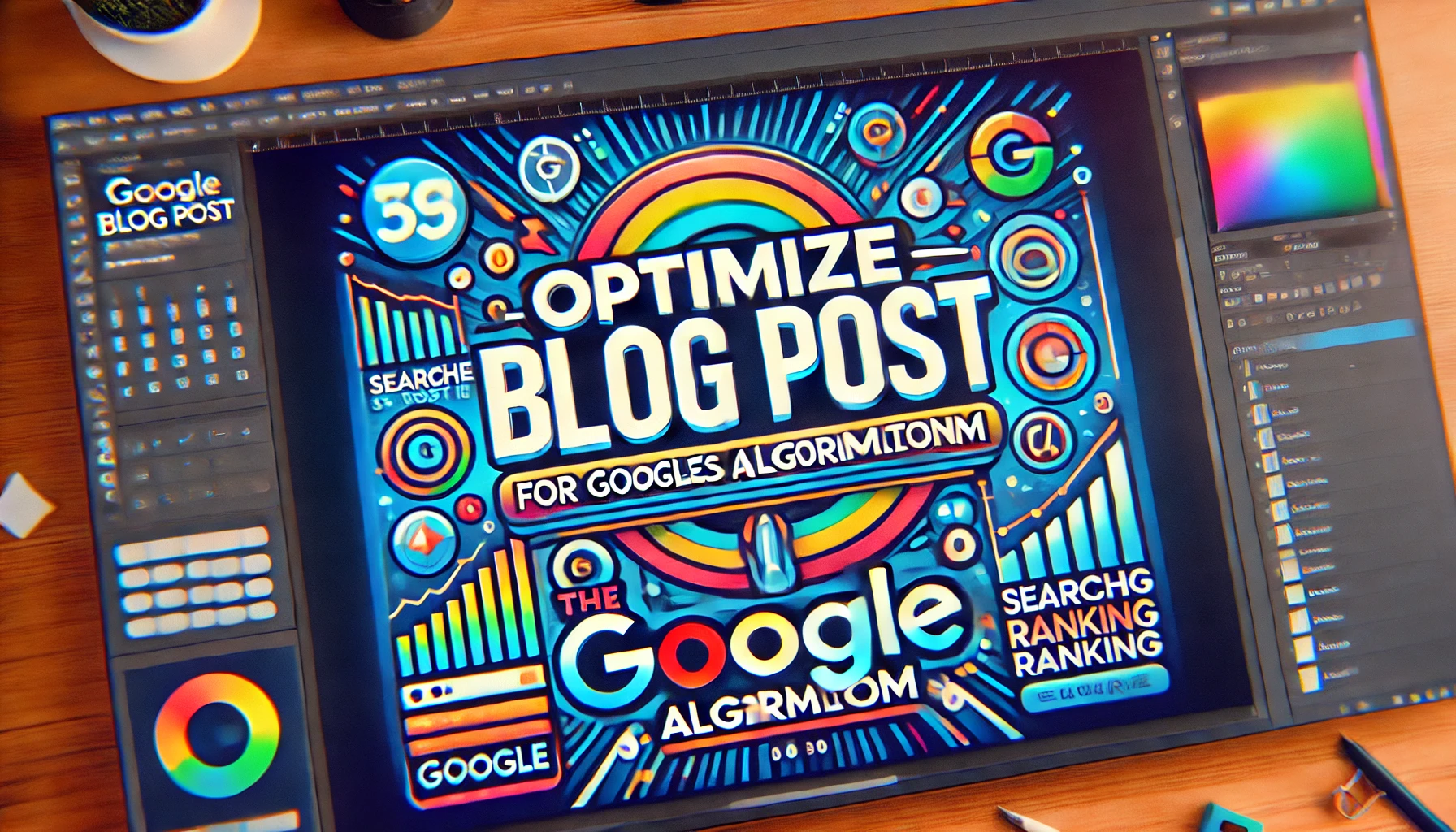Artificial intelligence (AI) stands as the pinnacle of technological advancement, simulating human intelligence in machines and computer systems. In recent years, the AI landscape has witnessed remarkable progress, with applications ranging from expert systems and natural language processing to speech recognition and machine vision.
Understanding the Mechanics of AI
As the buzz around AI intensifies, it’s crucial to dissect how this technology operates. Contrary to common misconceptions, what many refer to as AI often involves components such as machine learning. AI necessitates specialized hardware and software for crafting and training machine learning algorithms. While Python, R, Java, C++, and Julia are popular languages in the AI realm, no single language exclusively defines AI.
AI systems, in essence, function by processing extensive labeled training data, scrutinizing patterns and correlations within the data, and utilizing these patterns to predict future states. For instance, a chatbot fed with text examples can learn to produce lifelike interactions, while an image recognition tool can identify and describe objects in images through millions of examples. The evolution of generative AI techniques further empowers the creation of realistic text, images, music, and more.
AI Programming at a Glance
AI programming revolves around cognitive skills:
- Learning: Acquiring data and formulating algorithms to convert it into actionable information.
- Reasoning: Choosing the right algorithm to achieve a desired outcome.
- Self-correction: Continuously fine-tuning algorithms for optimal accuracy.
- Creativity: Utilizing neural networks, rules-based systems, and statistical methods to generate innovative content.
Deciphering AI, Machine Learning, and Deep Learning
While AI, machine learning, and deep learning are often used interchangeably, distinctions exist. AI encompasses a spectrum of capabilities, with machine learning and deep learning falling under its umbrella.
- Machine Learning: Enhances software applications’ predictive accuracy without explicit programming, relying on historical data for training.
- Deep Learning: A subset of machine learning, leveraging artificial neural network structures to mimic the human brain’s functionality.
The Significance of Artificial Intelligence
AI holds immense importance for its potential to revolutionize how we live, work, and interact. Businesses have successfully automated tasks, from customer service to fraud detection, demonstrating AI’s prowess in outperforming humans, especially in repetitive, detail-oriented assignments. The vast datasets processed by AI also provide valuable insights, opening new avenues for efficiency and innovation.
Pros and Cons of Artificial Intelligence
Advantages of AI:
- Excels in detail-oriented tasks, such as medical diagnoses.
- Reduces time for data-heavy tasks in industries like finance and insurance.
- Enhances productivity, exemplified by the growth of warehouse automation.
- Delivers consistent results, particularly in AI translation tools and personalized content.
- Improves customer satisfaction through personalized interactions.
- AI-powered virtual agents offer 24/7 service.
Disadvantages of AI:
- Expensive implementation.
- Requires deep technical expertise.
- Limited supply of qualified workers for AI development.
- Reflects biases present in training data.
- Lacks the ability to generalize across different tasks.
- Raises concerns about job displacement.
Distinguishing Weak AI from Strong AI
AI can be classified as weak (narrow) or strong (artificial general intelligence). Weak AI is task-specific, while strong AI replicates human cognitive abilities, showcasing adaptability to unfamiliar tasks.
The Four Types of AI
Arend Hintze categorizes AI into four types:
- Reactive Machines: Task-specific with no memory, exemplified by IBM’s Deep Blue.
- Limited Memory: Incorporates past experiences to inform future decisions.
- Theory of Mind: Possesses social intelligence to understand human emotions.
- Self-awareness: Has a sense of self, although currently nonexistent.
Real-world Applications of AI
AI’s reach extends across various sectors:
- Healthcare: Enhances patient outcomes through faster medical diagnoses and pandemic prediction.
- Business: Revolutionizes analytics, customer relationship management, and generative AI technologies like ChatGPT.
- Education: Automates grading, personalizes learning, and aids educators in crafting course materials.
- Finance: Disrupts personal finance applications and trading on Wall Street.
- Law: Automates legal processes, from document review to outcome prediction.
- Entertainment and Media: Enhances targeted advertising, content recommendation, and script creation.
- Software Coding and IT Processes: Introduces generative AI tools for application code production and automates IT tasks.
- Security: Applies AI for anomaly detection, threat analytics, and cybersecurity.
- Manufacturing: Utilizes robots and AI for enhanced workflow automation.
- Banking: Implements chatbots for customer service and compliance improvements.
- Transportation: Manages traffic, predicts flight delays, and ensures safer shipping.
In conclusion, artificial intelligence emerges as a transformative force shaping our present and future. Embracing its capabilities is not just a technological necessity but a strategic imperative for industries seeking innovation and efficiency. As AI continues to evolve, staying abreast of its advancements is crucial for businesses and professionals alike.



